Search Results for 'Old Galway Society'
34 results found.
Peadar O’Dowd, the passing of an old Galwegian
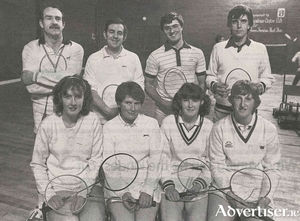
Peadar O’Dowd’s credentials for writing about Galway were impeccable. One of four children, Nono, Willie, Martin and Peadar, born to their parents John and Bridget, he grew up in Bohermore and was always grateful for the fact. He lived his life there and throughout that life would celebrate the area and its people in hundreds of articles and interviews he published in various newspapers and journals.
Remembering Maurice Semple
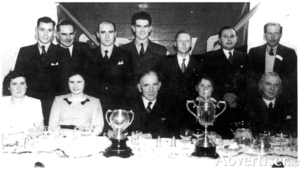
Maurice Semple was born in 1917, a member of a family that had continuous connection with the ‘Citie of the Tribes’ for over 400 years, one of three children of Frank Semple and Elizabeth ffrench. His father worked in a clerical capacity in the courthouse, his mother was one of the ffrenchs from Claregalway. Both his brother ffrench Semple and his sister Mary predeceased him.
‘For the first time ever I felt fear in the theatre’
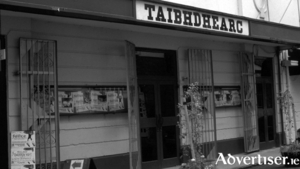
‘After a pantomime rehearsal one year I was asked to lock up as the director was in a hurry. A young lady asked me to allow her stay another while in the old Green Room to finish her costume. I reluctantly agreed, telling her to make sure that the lights and heaters were off before she left.
A chance to walk through history
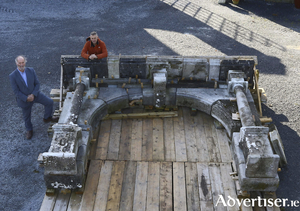
By the 16th century Galway was a compact, well laid out town, with handsome buildings, protected by a strong wall. The wealth of the so called Tribal families, originally Anglo/Normans, built up over decades of canny, and adventurous trade, bought them total control of the municipal authorities. Loyalty to the English crown rubber-stamped their laws to keep the native Irish out of the town. They built large houses in a style that reflected their power, while meeting the aesthetic standards of their European contemporaries. Galway was a place apart from the rest of the island.
The cinema site, Salthill

Lenaboy is the name of one of the townlands of Salthill. It derives either from the Irish Léana Buí, the yellow fields/land or Léana Báite, the sunken or drowned land. The latter explanation is the most likely as we look at this photograph of “The Cinema Site” taken from the main road at Kingshill in Salthill. It was so-called locally because James Stewart & Co tried to build a cinema there in the 1940s. Unfortunately, because of the boggy nature of the ground, the pylons they were sinking in order to put in a foundation kept sinking and disappearing and so the project was abandoned. In the 1960s an enormous amount of filling was gradually put into the site, and eventually, John King built a block of apartments there.
The Galway Carol Singers
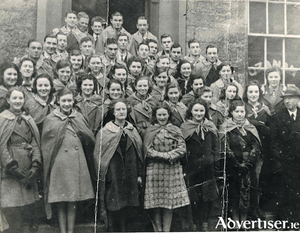
The Galway Carol Singers were formed in the late 1930s by members of the Junior Conference of the St Vincent de Paul Society. Benny Brennan from West House got the idea originally, and then a committee was formed from various conferences in town. It included Robert Pierce, Joe Lardner, Paddy Donoghue, Mattie Fahy, John Fahy, Pádraic Spelman, and Peter Griffin. The idea was for the singers to raise much needed funds for the society.
Diving at Blackrock
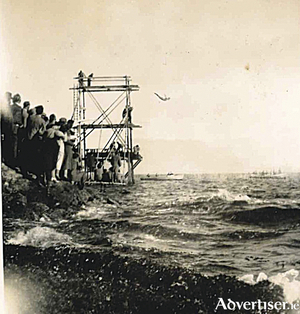
Up until the mid-19th century, there was a cluster of thatched cottages at Blackrock. on the Night of the Big Wind [January 6, 1839] these were literally blown away by the ferocity of the storm and the tide and most of the occupants had to move inland. They were mostly fishermen and there had always been a tradition of fishing in the area. Blackrock was also a favourite place for men bathing, and in 1885, Mr Moon and some of his friends decided to place a springboard there. Unfortunately they did not have ‘planning permission’ from the owner of the land, Colonel O’Hara, and he had the board removed and made it difficult for the bathers to get to the rock at all. It ended up in court and the urban council stepped in and signed a lease giving a public right of way to the bathing area.
Diving at Blackrock
Up until the mid-19th century, there was a cluster of thatched cottages at Blackrock. on the Night of the Big Wind [January 6, 1839] these were literally blown away by the ferocity of the storm and the tide and most of the occupants had to move inland. They were mostly fishermen and there had always been a tradition of fishing in the area. Blackrock was also a favourite place for men bathing, and in 1885, Mr Moon and some of his friends decided to place a springboard there. Unfortunately they did not have ‘planning permission’ from the owner of the land, Colonel O’Hara, and he had the board removed and made it difficult for the bathers to get to the rock at all. It ended up in court and the urban council stepped in and signed a lease giving a public right of way to the bathing area.
Reconstruction of the Galway Fishery

Based on the McMahon Report, a survey involving the engineers of the Commissioners of Public Works in consultation with local businessmen and anglers, works were undertaken to improve drainage, to facilitate navigation, and to provide waterpower to the many mills in Galway. Waterpower was the bedrock on which the industry of Galway city was based, and by the mid-19th century there were some 30 mills in the city with associated headraces and tailraces which resulted in an intricate network of small waterways, which greatly added to the charm of Galway.
Devon Park, a brief history
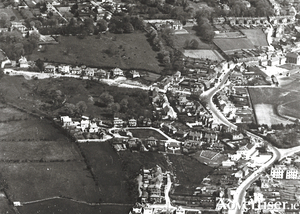
The area we know as Devon Park in Salthill was originally part of the Lenaboy estate which belonged to the O’Hara family, who were based in Lenaboy Castle. The entire left hand side of our aerial photograph (c1940) was part of the estate, originally a green field site, the outer wall of which ran along the main Salthill Road. Bertie Simmons knocked part of that wall in the early 1930s and built two houses, one at the corner (where the fish shop is today) and one behind it where Hartigans lived.

